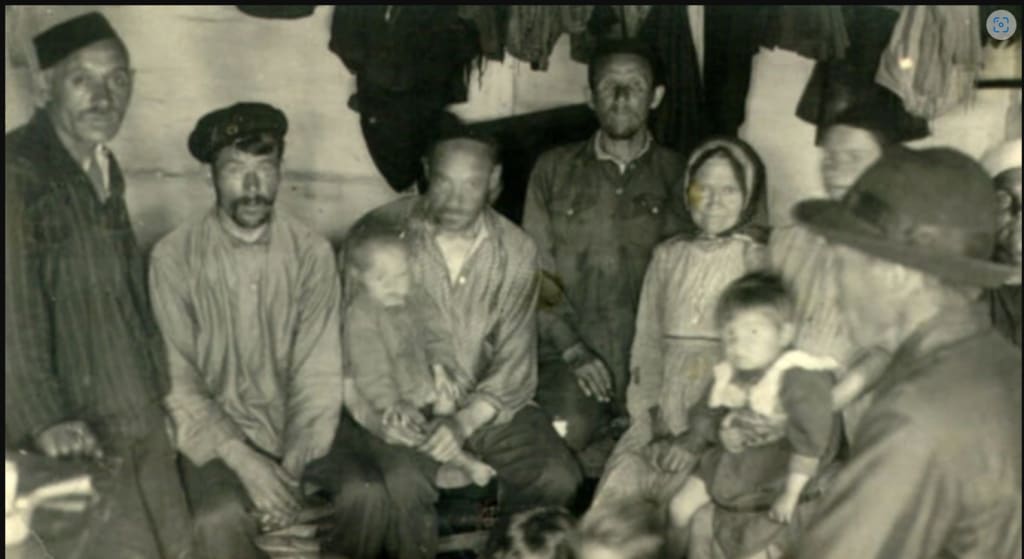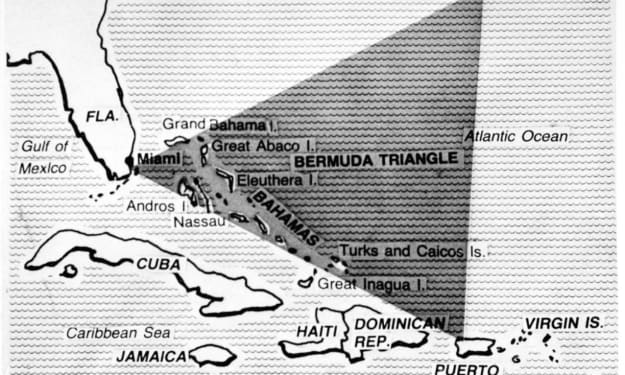
During the summer of 1933, a group of Soviet prisoners were dispatched to Nazinsky Island in Siberia as part of a Kremlin-backed experiment. This experiment was initiated when the Soviet Union decided to reinstate the Tsarist Russia "passport system" in 1932, which was used in the past to restrict movement within Russia. Since passports were not issued to most people, especially peasants, they were generally used to confine people to their area of the country. When the passport system was initially abolished in 1917, loads of peasants migrated to the cities for work and opportunities, overburdening the Soviet urban areas and resulting in housing shortages and crowded conditions. Thus, Stalin reintroduced the passport system and ordered "mopping-up" operations in USSR cities to expel all the peasants who found themselves living there illegally overnight. This led to an overflow of prisoners held in the Soviet Union's infamous gulag system.
Genrich Yogada, the leader of the collectivization campaign at the time, thought he could ease the overcrowding of the gulags and help Russia by conducting a little experiment. Prisoners would be sent to the remote reaches of Siberia to farm the land there. This assignment would serve the dual purpose of punishing the prisoners while providing food for the nation. To fulfill his vision and conduct his Siberian experiment, Yogada ordered police to rapidly increase the number of arrests. People were apprehended while stepping out for cigarettes and visiting nearby relatives, simply because they did not have their passport on them, and authorities did not care to go back to their homes and check. Even the head of the Moscow police department was accidentally arrested in the raids, but since being well-connected always has its perks, he was released and reassigned to his old position by high-ranking relatives almost immediately.
Soon, pretty much any urban resident who so much as went out to get some milk without a passport was locked away. When these non-passport holders were rounded up, they were mixed with dangerous criminals, political prisoners, and anyone the state deemed an anti-Soviet element. This resulted in a total of over 2 million prisoners, all of whom were shuttled off to Siberia together. On the journey to Siberia, this mix of prisoners created a terrifying atmosphere. Ordinary citizens were held with some of the most violent criminals in the country; intimidated, assaulted, and even killed by them. Eventually, a large group arrived in the main city of Tomsk in the Siberian heartland. In May of 1933, 6,000 of them were put in timber barges, kept below deck, and given meager portions of bread to complete the 497 mile (800 kilometers) downriver journey to Nazinsky Island on the River Ob.
This tiny uninhabited island, located near the town of Nazino, was supposed to be their temporary home until authorities could find labor camps able to accept the prisoners, but it quickly became a permanent hell instead. Nazinsky was a swampy, mostly flat strip of land that measured about 1.9 miles (3 kilometers) long and about ⅓ of a mile (600 meters) wide. Though the theoretical point of all this was for the prisoners to farm the land, they were given no tools, no food, no shelter, and no clothing. The men and women on the island spent their first night in Siberia wearing whatever they had been detained in, while walking around in cities like Moscow and St. Petersburg, then known as Leningrad. For most, this clothing was not nearly sufficient enough for outdoor living and sleeping in Siberia.
The situation only deteriorated from there. That first night, 295 prisoners froze to death in their sleep. The second night, the wind started howling, and the temperature dropped below 32 degrees Fahrenheit (0 degrees Celsius). The people on the island searched for bark and moss to chew on to alleviate their ever-growing hunger, while making fires in a feeble attempt to keep from freezing. On the fourth day, their guards were generous enough to provide the prisoners with a few hundred grams of rye flour per person. The rations should have been in the form of bread, but at some point the guards realized making flour into bread was hard work, and they'd rather not do more than was required from them. So the island's new residents rushed to the river to mix up a paste of flour and water, which they ate raw.
Our researchers have delved into reports and archives to uncover the truth behind the Russian Cannibal Island Experiment, which was one of the most brutal and horrific experiences imaginable. The prisoners endured inhumane fates, with many succumbing to the harsh conditions. The experiment was initiated as a means to ease overcrowding in the gulags and provide food for the nation, but it resulted in the suffering and death of countless individuals.
About the Creator
PDZICOX
Everyday articles.
The information on this page will help you learn more about mystery, news, facts, psychology, geography and more. We will provide the best resources for learning about these topics.






Comments (1)
It's heartbreaking to think about the immense suffering inflicted upon innocent people by the Russian authorities during this dark chapter in history. The pain and tragedy endured by those caught up in such cruel actions are a sobering reminder of the depths of human suffering.